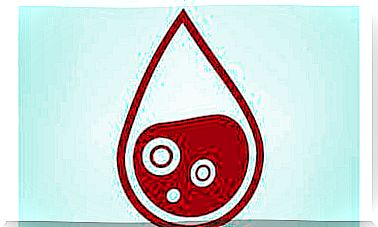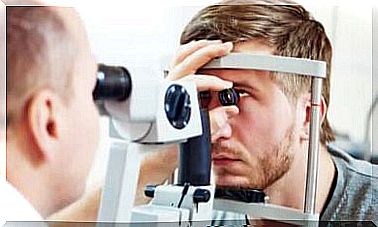Horner Syndrome: What Is It?
The Horner syndrome can be recognized by the changed pupillary width. It is a disorder that is always caused by another disease. Find out more about it today.
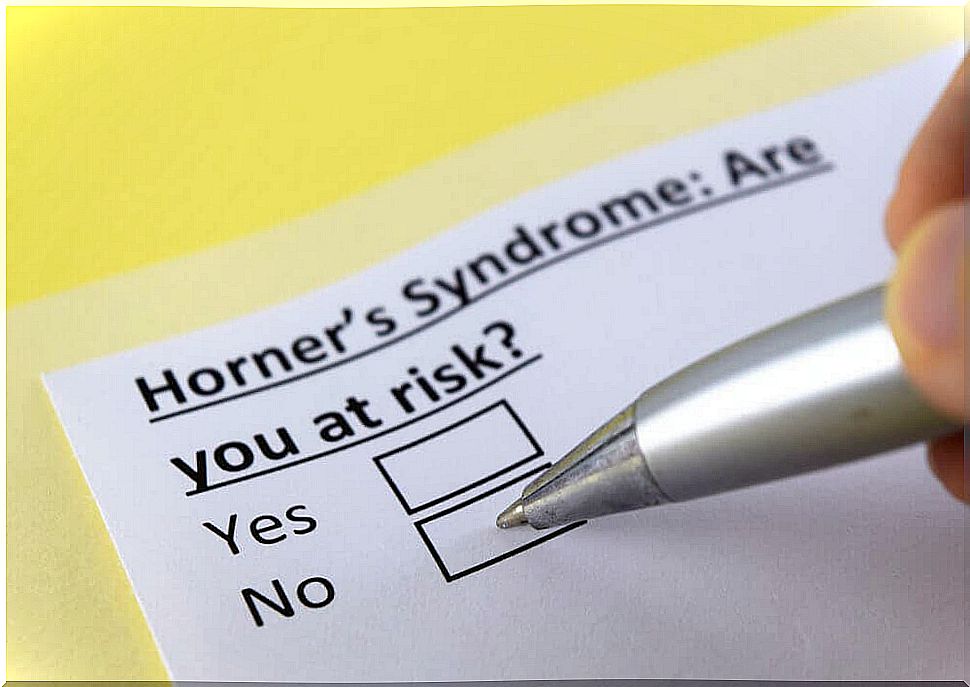
The Horner syndrome is a very rare symptom complex, which is also known as okulopupilläres syndrome because the eye and facial nerve are affected. Symptoms include constriction of the pupil, drooping of the upper eyelid, and retraction of the eyeball. Sweat formation can also be impaired on one side.
Horner’s syndrome always arises as a result of another disease, usually the following:
- Stroke
- Injury or tumor in the spinal cord
- Brain tumor
The underlying cause cannot always be determined. In this case, treatment is also very difficult, because in order to solve the problem it is necessary to treat the causative disease.
Horner syndrome can occur at any age, but as mentioned earlier, it is a very rare disorder.
Interesting facts about Horner syndrome
How does this happen?
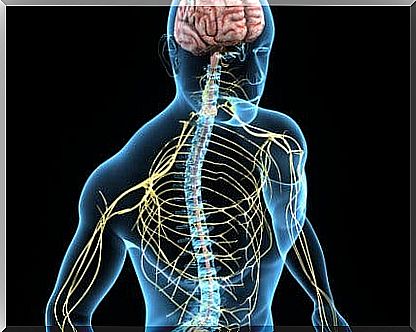
To understand Horner’s syndrome, one needs to know how certain nerve fibers work, which are related , for example, to sweating, the pupils, and various muscles around the eyes.
The parasympathetic fibers originate in the hypothalamus and extend to the face and eyes. The typical symptoms already mentioned can be explained by failures along the anatomical course of the sympathetic innervation.
The course of the parasympathetic fibers is relatively complex. They run from the brain to the spinal cord and then from the thorax to the carotid artery. Within the skull, they then extend into the inner area of the eye.
These fibers can be damaged for various reasons:
- Damage to the carotid artery, one of the main blood vessels that reaches the brain
- Damage to the brachial plexus (nerve plexus of the peripheral nervous system from which the nerves for the arm, shoulder and chest arise)
- Migraines
- Tumor, stroke or similar damage to the brain or brain stem
- Tumor in the upper part of the lungs
- Sympathectomy, i.e. the operative nerve blockade of individual ganglia of the sympathetic nerve (the nerves are cut to relieve specific pain)
In some cases, Horner’s syndrome develops at birth. The syndrome can then be associated with the lack of pigmentation of the iris. However, very few babies are affected by this. It is estimated that 1 in 6,000 children will have this syndrome.
Depending on the location and type of injury , Horner’s syndrome can be divided into four different subtypes: central, preganglionic, postganglionic or congenital.
Horner syndrome: symptoms

It is important to know that Horner syndrome only ever affects one half of the face. The most common symptoms and signs that help make a diagnosis are:
- Drooping of the upper eyelid (ptosis)
- Elevation of the lower eyelid
- Persistent pupillary constriction (miosis)
- Difference in pupil sizes (anisocoria)
- Slight or delayed dilatation of the pupil in light
- Insufficient or absent perspiration in the affected half of the face (anhidrosis)
It is not always easy to spot these symptoms. The extent can be very small, making the syndrome difficult to diagnose.
Symptoms in Children
Various very specific symptoms can be observed in children. The affected eye is lighter, especially in children under one year of age.
In addition, the affected half of the child’s face does not redden, as it usually does after physical exertion, emotional reactions or in heat.
Diagnosis and treatment
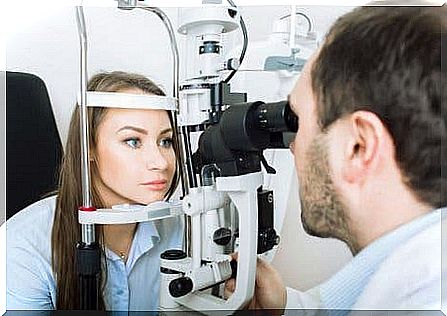
This syndrome is diagnosed based on the recognizable symptoms such as pupillary constriction, drooping eyelid, etc., which are then examined in more detail.
Treatment, as mentioned earlier, depends on the causes of the disorder. There is no specific therapy for Horner syndrome itself. It is important to treat the underlying disease that caused it.
Usually there are no complications. However, the causative disease or its treatment can trigger complications.






